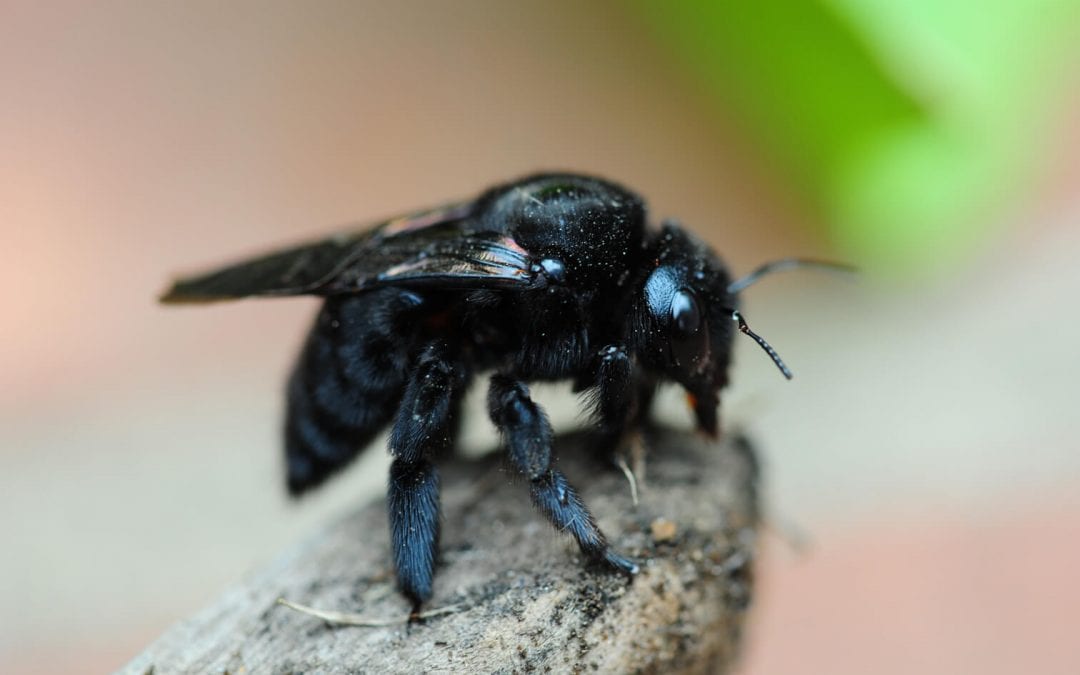When it comes to common wood-destroying organisms, termites are typically what first comes to mind. However, there are other potential threats to be aware of. Discovering that your home has been infested by wood-destroying pests is devastating for a homeowner and the damage is often not covered by insurance.
Powderpost Beetles
Powderpost beetles come second after termites in the amount of damage they can cause to a home. These common wood-destroying organisms lay eggs in wood. When they hatch, the larvae consume the wood, constructing a tunnel system. They can be easily mistaken for other beetle species. Because of this, it’s difficult for the homeowner to know if these insects are responsible for the damage and the proper course of action to eliminate them.
Another factor to consider is that they may die out on their own, which means it can be hard to tell if an infestation is truly active. This is why it’s important to call a qualified home inspector. There are different species of powderpost beetles; some will eat hardwood and softwood while others will only eat hardwood. Identifying which type of beetle you’re dealing with is important so that you treat the infestation correctly.
Carpenter Ants
Carpenter ants gravitate to moisture-softened wood and bore into it to make their homes, leaving behind traces of sawdust. What sets them apart from termites is that they can be in your home for years before substantial damage occurs. Also, unlike termites, carpenter ants don’t bore through the wood to consume it, but rather destroy it to make their nests.
It’s important to identify and treat carpenter ant infestations as soon as possible because a colony can easily spread out through satellite nests. Finding their nests is necessary to deal with the problem, and this is best addressed by a professional inspector.
Carpenter Bees
Along with carpenter ants, you should also be on the lookout for carpenter bees. While they may look like regular honey bees, carpenter bees are wood-boring insects capable of causing significant damage to your property. They don’t cause the degree of structural damage that termites do, but they are attracted to unfinished or unpainted wood. This is why they often attack decks, porches, or eaves first, and look for any entrances into your home.
Dry-Rot Fungi
Not all common wood-destroying organisms are insects. Also known as Serpula lacrymans, this dry-rot fungus causes substantial damage to timber, which is why it is often referred to as a “cancer” for a building’s structure. It thrives in areas of your home that are dark, moist, and poorly maintained.
The fungus spreads quickly, which is why early detection is important. It has also been associated with health conditions like asthma. In addition to dry-rot fungus, wet rot is also important to look out for. It can be brown or white and leave the wood with a sponge-like texture.
Common Wood Destroying Organisms Are Not Always Termites
If you suspect that you’re dealing with an infestation of common wood-destroying organisms, it’s important to call a pest professional as soon as possible. Waiting too long can result in thousands of dollars worth of damage to your home.
AAA Home Inspections serves Central and Northern New Jersey as a one-stop shop for all your home inspection needs. Contact us to book an appointment.

